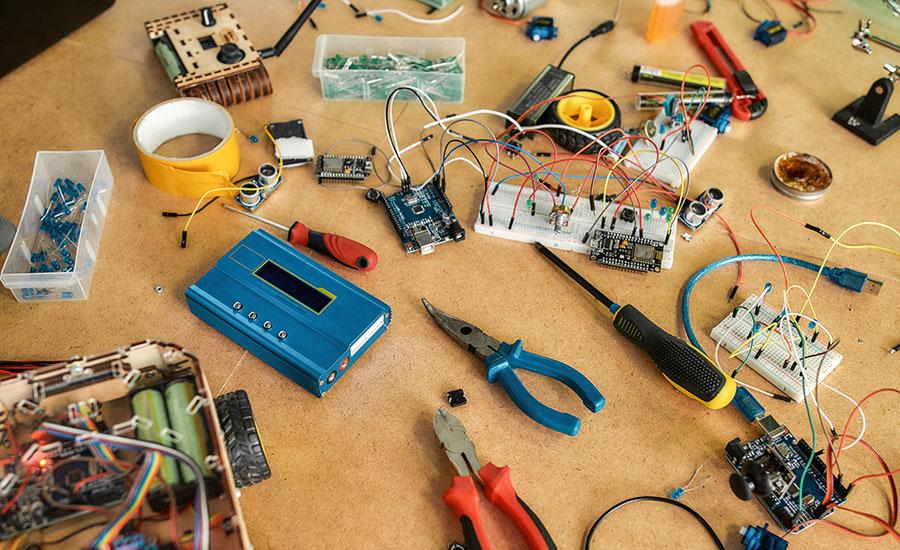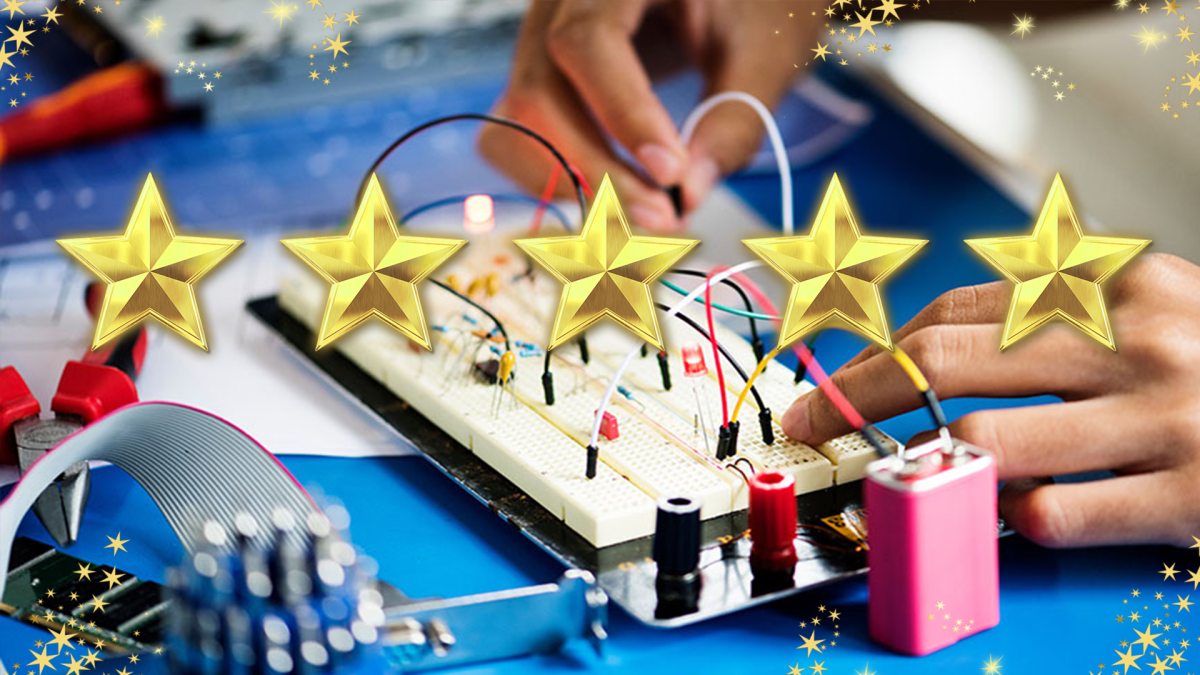Grades:
5th Grade
This 5th grade lesson incorporates Mad Lib, micro:bits and learning how to code on Makecode.org. This lesson is teacher directed to walk students to add variables and text value. Students will use
Grades:
9th Grade
This is a cash cow lab experiment, students are going to apply their experiment at the lab. it's a biotech labs that uses the fact that molecules of different sizes move at different speeds
Grades:
6th Grade
This ADI lesson plan engages students in the process of inquiry and argumentation, helping them develop a deeper understanding of the movement of constellations in the sky through hands-on
Grades:
Kindergarten, 1st Grade, 2nd Grade, 3rd Grade, 4th Grade, 5th Grade, 6th Grade, 7th Grade, 8th Grade
Most students are likely familiar with popular films like Happy Feet, Surf’s Up, Penguins of Madagascar, and classic books like Mr. Popper's Penguins. Capitalizing on this familiarity with penguins
Grades:
3rd Grade
Students compare the structures and functions of traits that enable organisms to survive in a specific environment. Analyzing the traits of animals provides evidence for how those traits vary, how
Grades:
4th Grade, 6th Grade
Students learn about renewable and nonrenewable energy sources using a free resource. They are assigned a particular resource such as solar, coal, biomass ,etc. and they become an expert on that
Grades:
7th Grade, 8th Grade
In this lesson students will work in teams to research the different parts of a drone obstacle course with the intention to build and race it themselves.
Grades:
7th Grade, 8th Grade, 9th Grade, 10th Grade, 11th Grade, 12th Grade
Dive into the physics and engineering and programming of holonomic drives! Learn to code and control movement for your FTC robot with hands-on activities and real-world applications.
Grades:
4th Grade, 5th Grade
Blending Social Studies and Science with a focus on STEM principles. This lesson is one in a series of lessons examining Benjamin Franklin's contribution to science. Students learn about his
Grades:
7th Grade
Human cells function best within a specific temperature range. Recent scientific data has shown that extreme high temperatures can have detrimental effects on our cells. In fact, repeated exposure to
Grades:
9th Grade, 10th Grade, 11th Grade, 12th Grade
This set of lessons allows students to understand circuitry through different lenses and apply this to simple circuits and electrical calculations.
Grades:
7th Grade
Why do different parts of the Phoenix Metropolitan areas have a big difference in rainfall during monsoon days? Discover how the rain shadows of the White Tank Mountains and the McDowell Mountain
Grades:
5th Grade
Students will explore the history and processes of using natural dyes, focusing on Sonoran desert flora. They will use examples from colonial times from colonists as well. They will investigate how
Grades:
1st Grade
Students will read and study types of movements and forces. They will draw examples of things that move in different ways. Then they will create a marble painting using the different movements and
Grades:
3rd Grade
In this hands on lesson, students learn about LED lights and why they are they better choice for the environment. After becoming familiar with LEDs, students then find out that the local Parks and Rec
Grades:
7th Grade, 8th Grade, 9th Grade, 10th Grade, 11th Grade, 12th Grade
This is the fourth lesson in a series of four designed to guide students through the process of designing, implementing, and documenting their own independent STEM research projects. This lesson
Grades:
9th Grade, 10th Grade, 11th Grade, 12th Grade
Students are guided through the urgency to create large scale plan solutions for climate mitigation and green energy fuel sources. They will then build and design a bioreactor using algae as a
Grades:
3rd Grade
The lesson plan addresses the real world problem of forest management that affects the environment and the communities. The students will build awareness of global issues related to natural resources
Grades:
4th Grade
Hike the trail to the Fort Bowie visitor's center and collect data on plants and artifacts you see there. This lesson involves data collection in the field and creative graphing in the classroom.
Grades:
9th Grade
This lesson includes how to prepare and setup for a field trip to Sunset Crater National Monument. It includes helpful hints, activity sheets for students attending, and links to the National Park
Grades:
4th Grade, 5th Grade, 6th Grade, 7th Grade, 8th Grade
Lesson "Phoenix Reimagined: From Sun City to Solar City" ensures that students engage in age-appropriate, hands-on learning experiences that promote understanding of solar energy and its applications
Grades:
7th Grade, 8th Grade, 9th Grade, 10th Grade, 11th Grade, 12th Grade
This lesson is a whole unit on energy. It can be broken up into 10 separate lessons. I chose to put them all together so that it was easier to see how I organized them so you did not have to search
Grades:
4th Grade
Students will come up with and perform an investigation for the phenomenon that dropping a rock into a puddle makes a different reaction than throwing it. Students will drop a ball into a cup or
Grades:
7th Grade, 8th Grade, 9th Grade, 10th Grade, 11th Grade, 12th Grade
This lesson is designed to help students learn how to critically evaluate sources of information, a crucial skill for conducting independent STEM projects. The lesson uses the Baloney Detection Kit
Featured Lesson Plans
Check out these notable lesson plans.

Grades:
9th Grade, 10th Grade, 11th Grade, 12th Grade
This is a great opportunity to show students that coding can be a lot of fun, and it doesn’t have to be scary. Many high school students with little to no prior coding experience often automatically

Featured
A Shocking Dystopia: STEM Adventures in The City of Ember Part 4 of 4: Where the River Goes
Grades:
4th Grade
This lesson is PART 4 of a four-lesson unit, which focuses on futures thinking, the phenomenon of electricity, closed-system agriculture, and water as a renewable energy resource. “The City of Ember”

Featured
A Shocking Dystopia: STEM Adventures in The City of Ember Part 3 of 4: A Problem in the Greenhouse
Grades:
4th Grade
This lesson is PART 3 of a four-lesson unit, which focuses on futures thinking, the phenomenon of electricity, closed-system agriculture, and water as a renewable energy resource. “The City of Ember”
